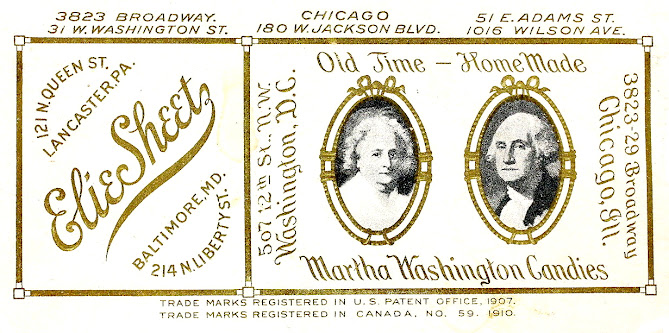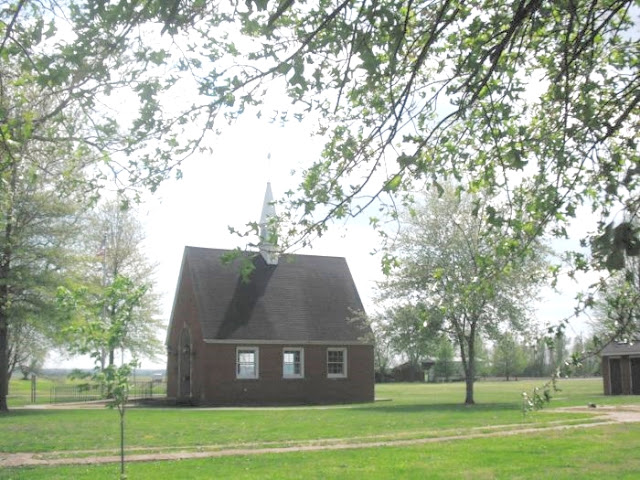Track-side tenements on the south side of Chicago. (1944)
You can see Comiskey Park in the background.


 |
| 79th Street and Halsted, Chicago, Illinois |

 |
| A Fort Worth, Texas Store. |
11 South Kedzie Avenue, Chicago17 East Hubbard Place, Chicago17 South Wabash Avenue, Chicago24 West Jackson Boulevard, Chicago31 West Washington Street, Chicago51 East Adams Street, Chicago79th Street and Halsted, Chicago180 West Jackson Boulevard, Chicago505 12th Street, Chicago844 East 63rd Street, Chicago1016 Wilson Avenue, Chicago3823-29 North Broadway, Chicago4755 North Broadway, Chicago
808 Hillgrove Avenue, Western Springs, Illinois
 |
| Chicago welcomes General MacArthur with a parade, State Street, April 26, 1951. |

The Illinois Locations:
 |
| Main Street, Peoria, Illinois |
 |
| Cahokia Mounds |
 |
| The Carved and Painted Piasa Bird in Alton, Illinois |
 |
| Kaskaskia, Illinois - First Stone Church, Built in 1714. |
 |
| Frank Catalano stood in front of his "Hi-Way Tavern" in Edwardsville, Illinois for this photograph while Route 66 was being repaved in 1939. |